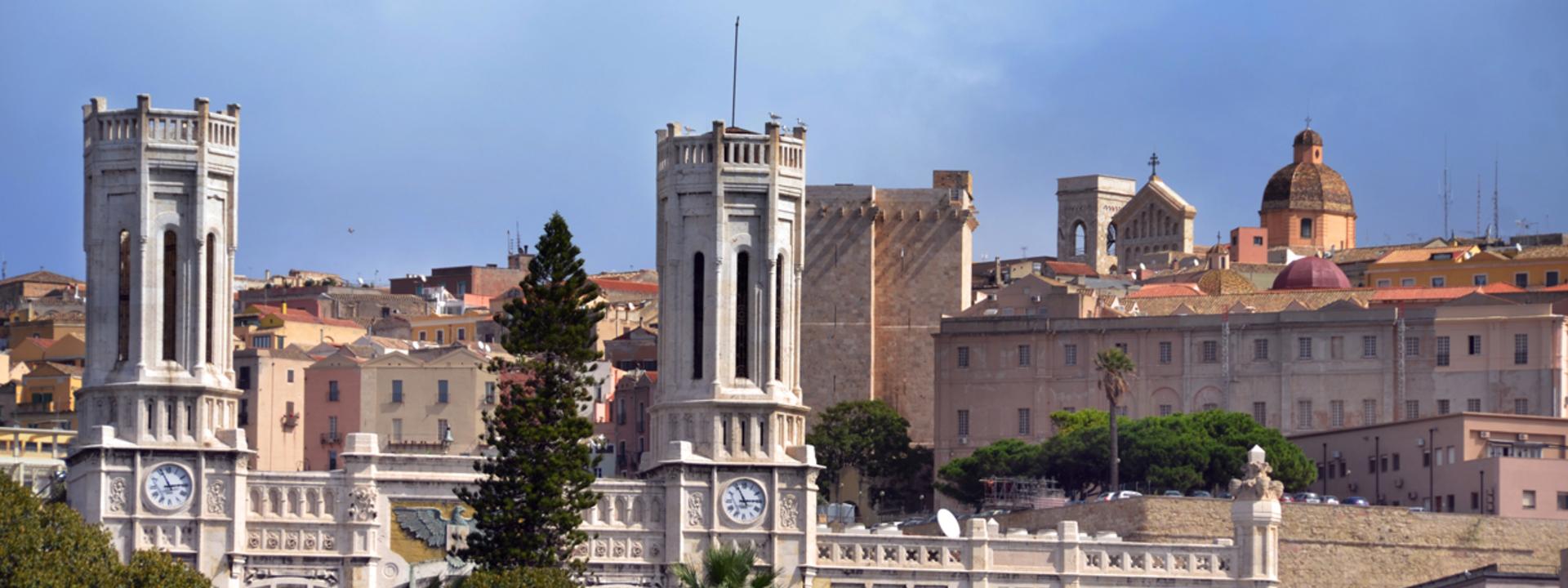Post Office Cagliari Centro

Ufficio Postale Cagliari Centro
Ufficio Postale Cagliari Centro
Piazza Del Carmine, 27

Add new review
Your review will be visible after approval by the editors
To post a review you must be an authenticated user.
Log in with Social Login


















